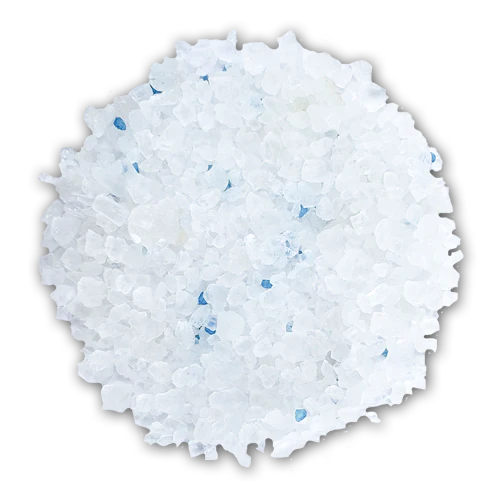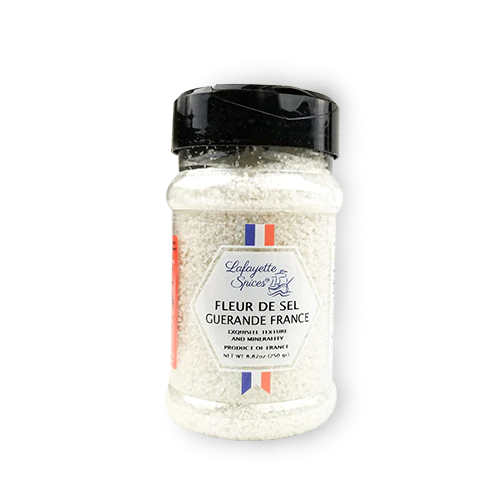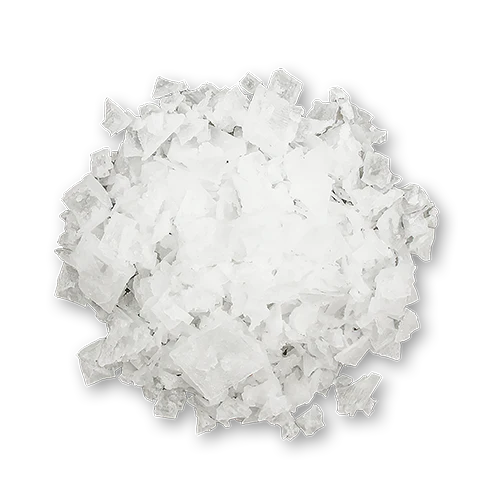
This Spring Flower Of Seasonings – Fleur De Sel!
We all know that April showers bring May flowers, but did you also know that April flowers bring salt flowers?! That’s right, this rainy spring weather is the perfect opportunity to cozy up to one of our favorite seasonings – Fleur de Sel – also known as the flower of the sea! All of these snappy new spring green veggies are just begging for a mineral laden crunchy sea salt to be applied. Fleur is a rare sea salt – that can only be harvested from the coasts of France. Like certain cheeses and wines, it must be from a precise location and meet an exacting set of requirements to be considered Fleur de Sel.
There are two methods typically used to harvest salt for human consumption: mining and sea water evaporation. Mining involves digging deep into underground salt deposits that have been left by ancient salt water lakes, rivers, and oceans. The salt can be dug out of the ground – much like coal or other minerals. It can also be removed through a fracking process, similar to oil, where water is pumped into the ground above a salt deposit, then the salt infused water is pumped back out. Alternatively, salt can be harvested from ocean water, through a collection and evaporation process. Fleur de sel production utilizes this procedure, but the process is much more time consuming. It involves scooping thin sheets of salt that rise to the surface of shallow pools along the coast of France.
Because of the labor intense processes involved with harvesting Fleur de Sel, it is considerably more rare and therefore more expensive than average table and sea salts. It forms naturally only under certain weather conditions, and it must be skimmed off the surface by hand – using special sieves. Ordinary sea salt is made by evaporating sea water and then collecting the remaining salt.
Fleur de Sel is first and foremost, salty – but it also contains a host of other nuances that make it so special. It has a fairly high moisture content (not totally dry) and retains some of those mineral sea brine flavors. Because the cost of Fleur de Sel is fairly high, it’s best used as a garnish, rather than something you’d mix into a recipe. Plus, you don’t want to lose those beautiful crunchy crystals!
While this beautiful salt is good on just about anything, it’s particularly tasty on fresh spring ingredients. Think about a sprinkling over some crisp spicy radishes with a good room temperature butter for schmearing. Or a bundle of just grilled asparagus, dribbling with juice – the perfect opportunity for a sprinkle of fleur de sel. Juicy spring chicken, with crispy skin, rubbed with spices, would be a perfect place for this luxurious salt. Or how about a bowl of sweet peas, just shucked, with a pat of butter and torn mint. Does it get any better than that? This spring, take advantage of the sweetness in these new veggies, and season them with Fleur de sel!










